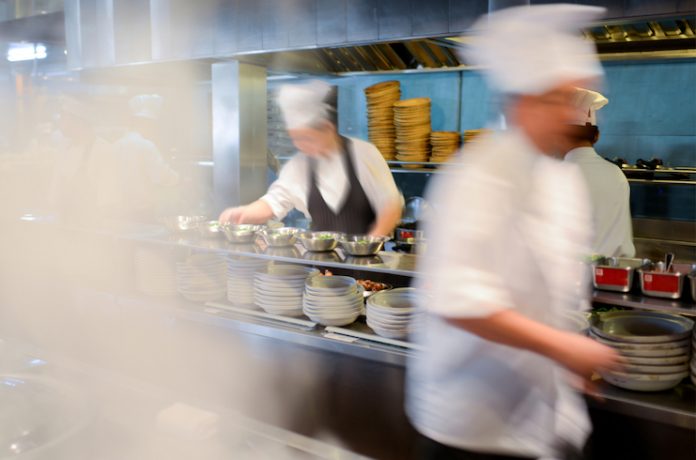
Everyone can agree that 2020 was a year full of surprises, record declines in hotel performance, and learning opportunities. For instance, analyses of monthly hotel profitability data have shone light on how departments directly involved with hosting events have a significant impact on the bottom line.
With all of the restrictions imposed to curb the spread of COVID-19, most events had to be cancelled or postponed, leaving host markets – and, therefore, hotels and other venues – with both an empty calendar and empty pockets. Group occupancy for luxury and upper-upscale hotels in the United States – those most commonly hosting events – dropped to 66.9 percent in 2020, whereas transient occupancy dropped 45.2 percent, showing the direct impact of these event cancellations.
A look at the year-over-year percentage changes in total revenue per available room (TRevPAR) and gross operating profit per available room (GOPPAR) for the Top 25 Markets in the United States shows that the markets with the strongest declines, 74 percent or more in TRevPAR, were those that used to be popular destinations for conferences and other events that drew out-of-town attendees. Nearly half of the Top 25 Markets had deeper TRevPAR declines than the national average of -63.6 percent.
Minneapolis had the strongest decline in TRevPAR, -83.8 percent, due to what could be considered “the perfect storm.” Hosting the Super Bowl in 2018 meant that performance during 2019 was going to be softer, and that recovery would come along in 2020. Cue the pandemic, with the lockdowns starting during the warm and historically stronger months for this market. Lockdown restrictions began to ease in May, but were followed by the George Floyd protests. For a market that is heavily reliant on conventions and groups, this combination of trials completely hindered that recovery.
The 63.6 percent decline TRevPAR for the entire United States was strongly driven by 80.3 percent drop in other F&B revenues. Then, 17.5 percentage points behind, rooms revenue declined 62.8 percent year-over-year. Other relevant contributors to the TRevPAR declines included the 70.4 percent decline in food revenues and 66.1 percent in beverage revenues.
Zooming further into revenues per occupied room (POR) for full-service hotels, the data provides better evidence of the strong influence events have on the bottom-line. Revenues from catering and banquets had the sharpest declines, food POR and beverage POR dropped 47.9 percent and 51.81 percent respectively. Trailing behind, also closely related to events, audio-visual POR dropped 42.47 percent and service charges POR declined 42.5 percent.
Even though meeting space rentals are the poster child of event-related revenues, meeting space POR had a slightly more subdued decline at -31.06 percent, yet another sign of conferences and groups cancelling contracts.
With the many health safety measures that hotels and dining venues had to follow, the dining behavior of those few travelers staying at these hotels has shifted. Decreases in food and beverage revenues from venues of nearly five times that of food and beverage revenues from room service, signaling that patrons prefer avoiding public places and dining in the safety of their rooms.
While it has always been known that events and group business constitute a strong driver for the hospitality industry, a better understanding of the money flow across departments can be a powerful asset as hotels steer towards recovery.










